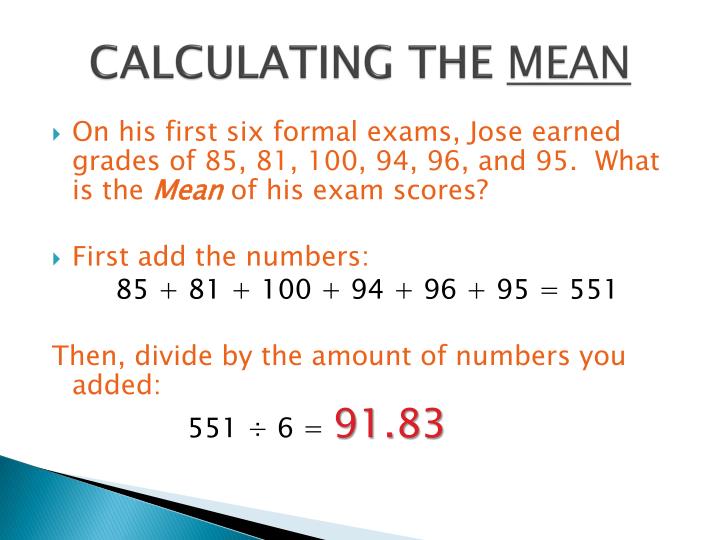


The result of this is that P values are higher and confidence intervals wider than would be the case in a larger study, and the erroneous conclusion may be drawn that there is no difference between the groups. In other words, even when a difference exists in reality it may be that too few study subjects have been recruited. It is important to be aware of this because all too often studies are reported that are simply too small to have adequate power to detect the hypothesized effect. The power of a study depends on several factors (see below), but as a general rule higher power is achieved by increasing the sample size. This means that the study has a high chance of detecting a difference between groups if one exists consequently, if the study demonstrates no difference between groups the researcher can be reasonably confident in concluding that none exists in reality. The ideal study for the researcher is one in which the power is high. Put simply, this is the probability of correctly identifying a difference between the two groups in the study sample when one genuinely exists in the populations from which the samples were drawn. A related quantity is the statistical power of the study. The confidence interval indicates the likely range of values for the true effect in the population, while the P value determines how likely it is that the observed effect in the sample is due to chance. The difference between two groups in a study will usually be explored in terms of an estimate of effect, appropriate confidence interval and P value. However, the ideas underlying the methods described are equally applicable to all settings. The most common aim is probably that of determining some difference between two groups, and it is this scenario that will be used as the basis for the remainder of the present review. Regardless of the motivation for the study, it is essential that it be of an appropriate size to achieve its aims. Alternatively, it may be conducted to estimate some quantity, for example the prevalence of disease, in a specified population with a given degree of precision. A study may be conducted to establish the difference, or conversely the similarity, between two groups defined in terms of a particular risk factor or treatment regimen. Research studies are conducted with many different aims in mind. The present review provides some simple guidelines on how best to choose an appropriate sample size. The question of how large a study should ideally be is therefore an important one, but it is all too often neglected in practice. Both of these have been shown to depend strongly on the size of the study sample in question, with larger samples generally resulting in narrower confidence intervals and smaller P values.
#Explain at least two original statistical calculations. series#
Previous reviews in this series introduced confidence intervals and P values.


 0 kommentar(er)
0 kommentar(er)
